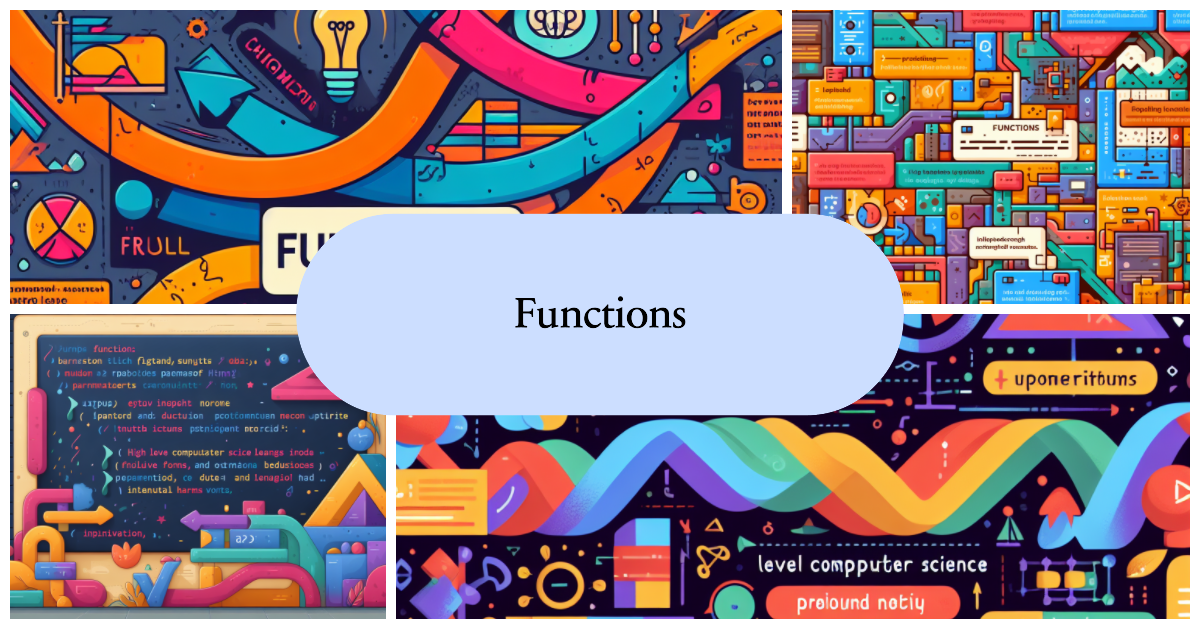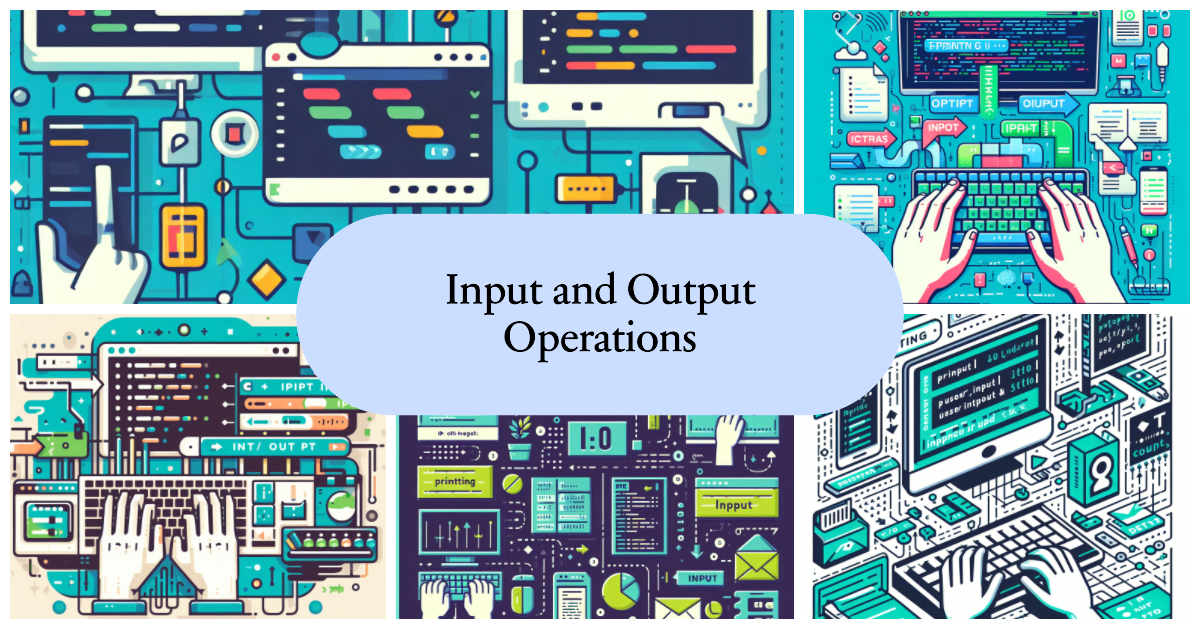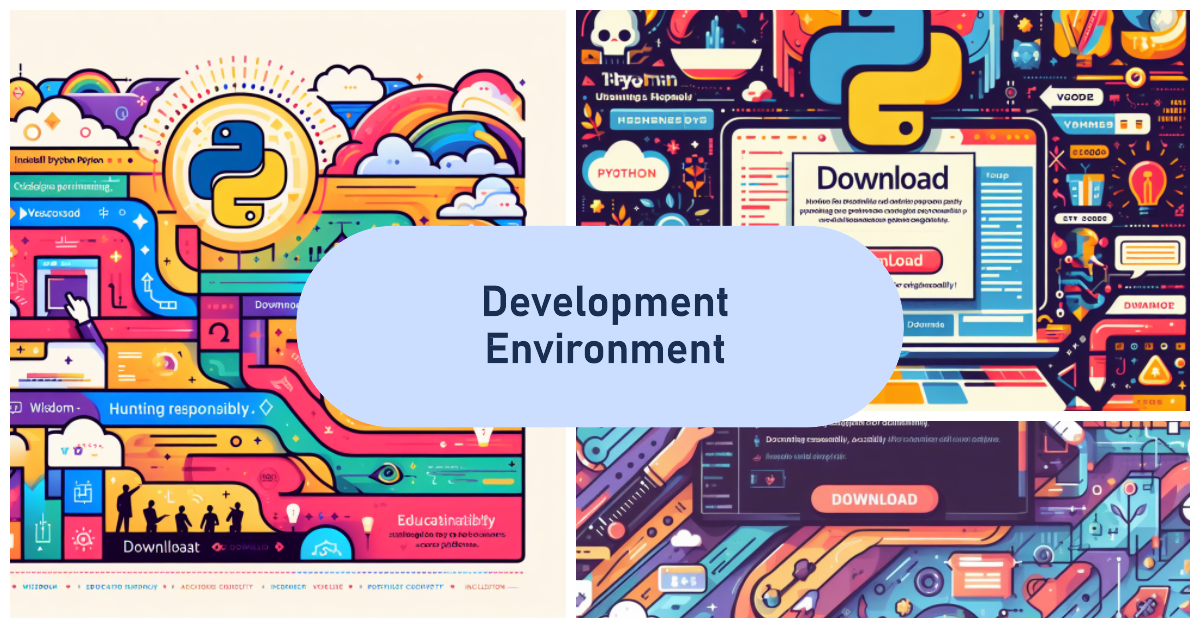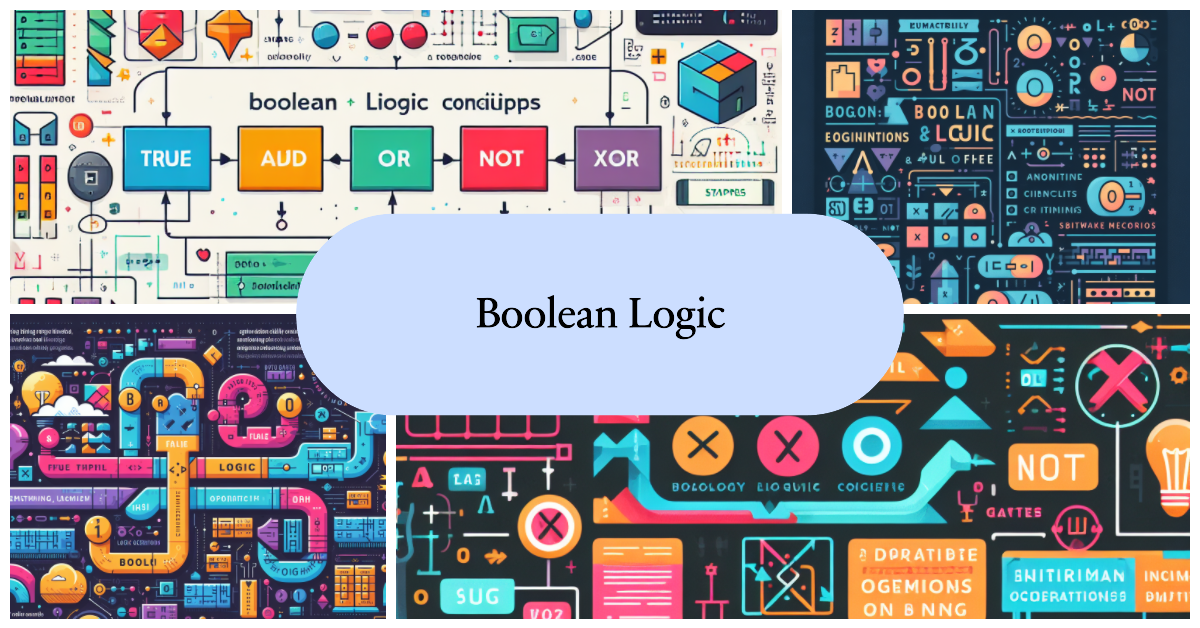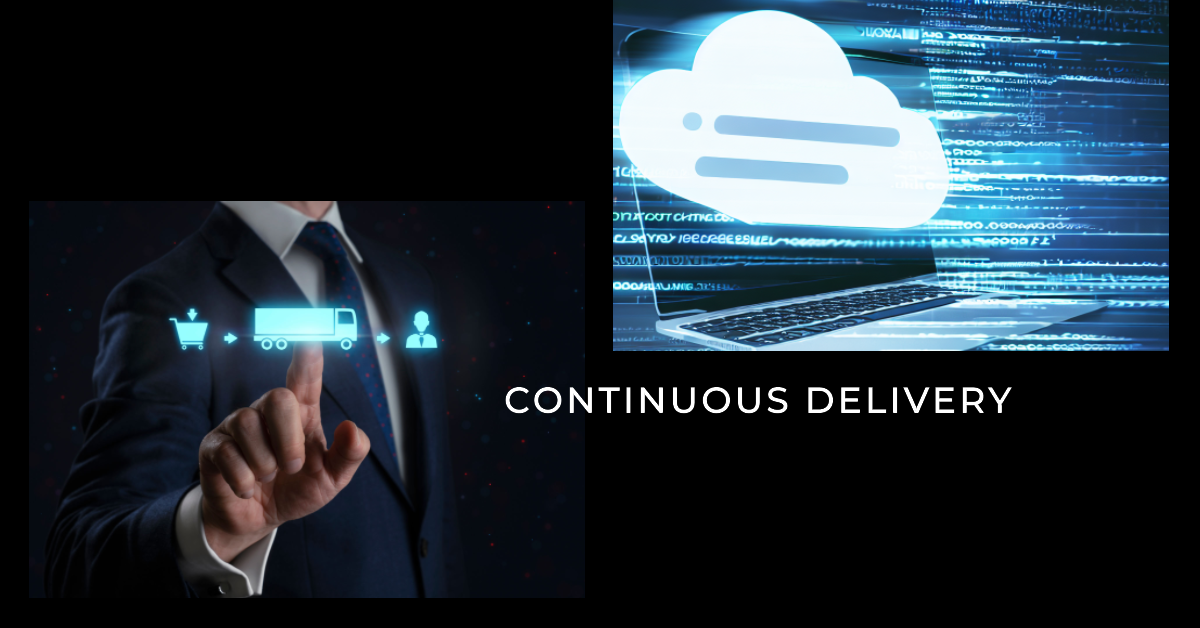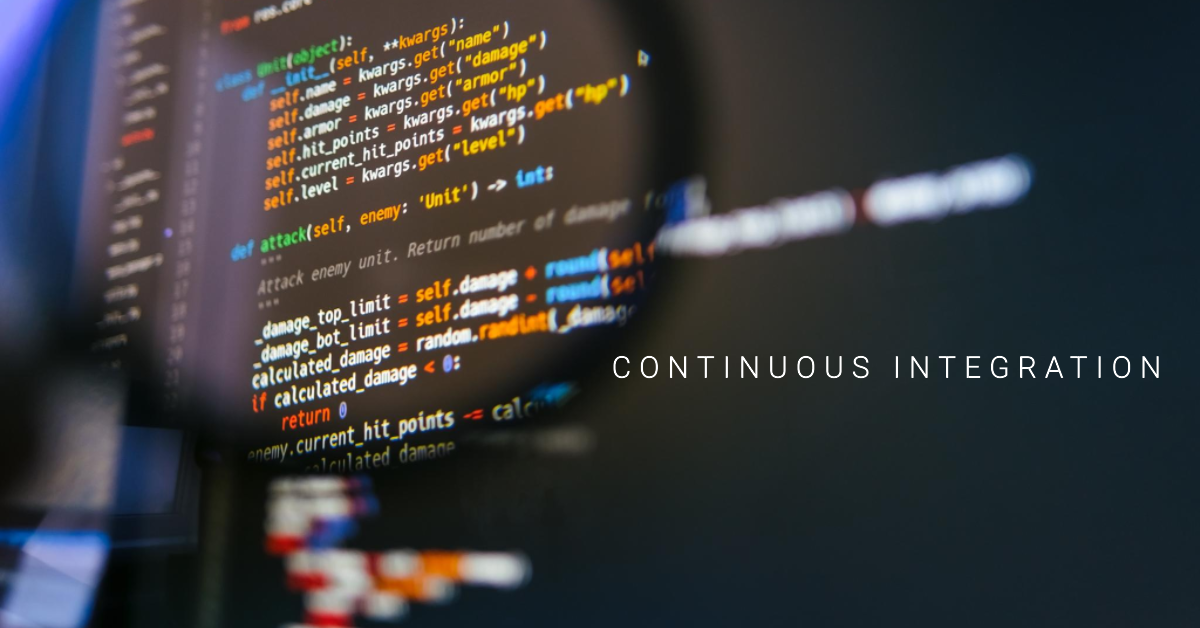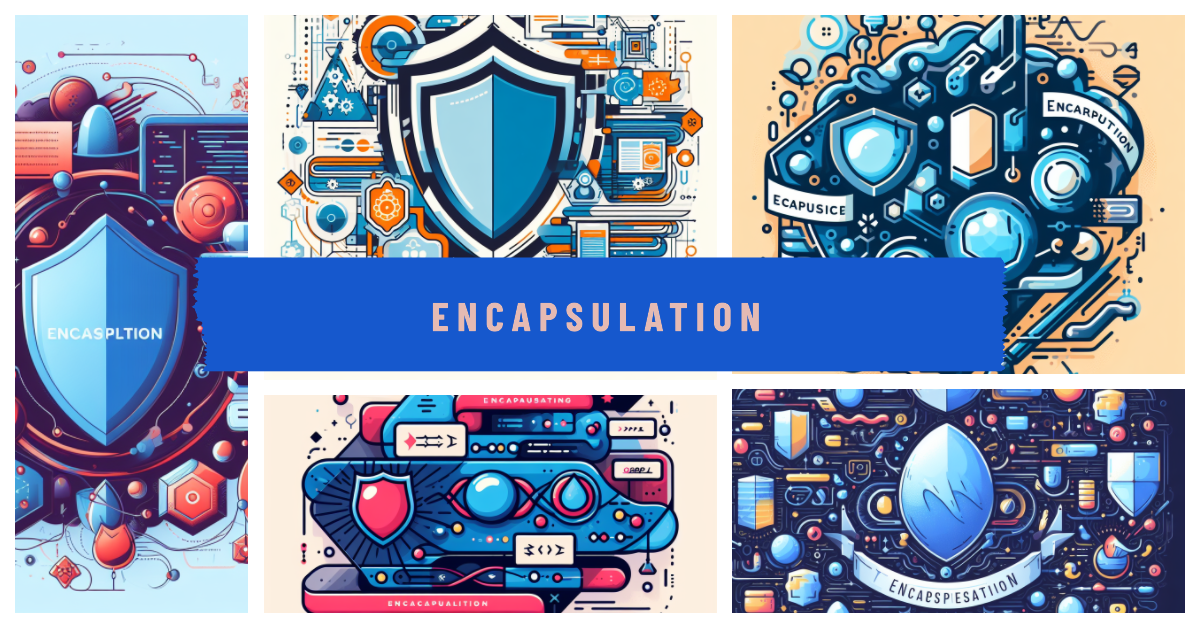
One of the fundamental pillars of object-oriented programming is encapsulation. This powerful characteristic allows us to control access to class members, hiding implementation details and protecting the state of our objects. In this article we will delve into the concept of encapsulation, the usefulness of getters, setters, public/private properties and methods, and the important benefits this provides us as developers.
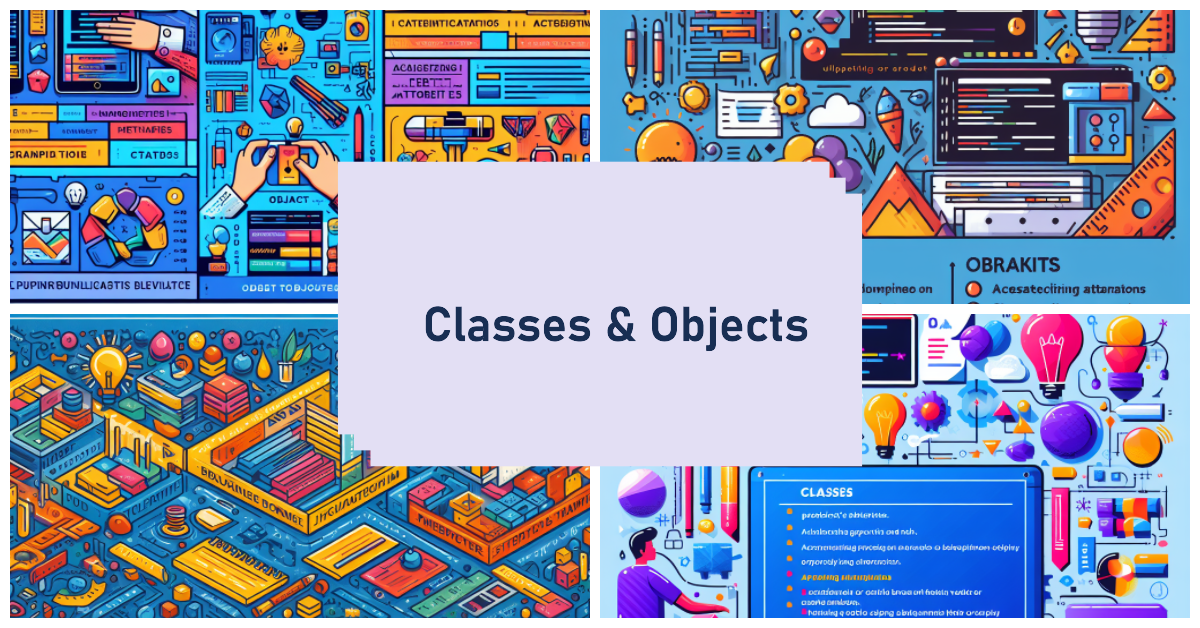
In object-oriented programming, classes and objects are the key concepts to understand how we model elements of reality and define their structure and behaviour within software. Let's look in detail at the anatomy of a class, how to create objects from it to use their properties and methods, and other key details of their relationship.
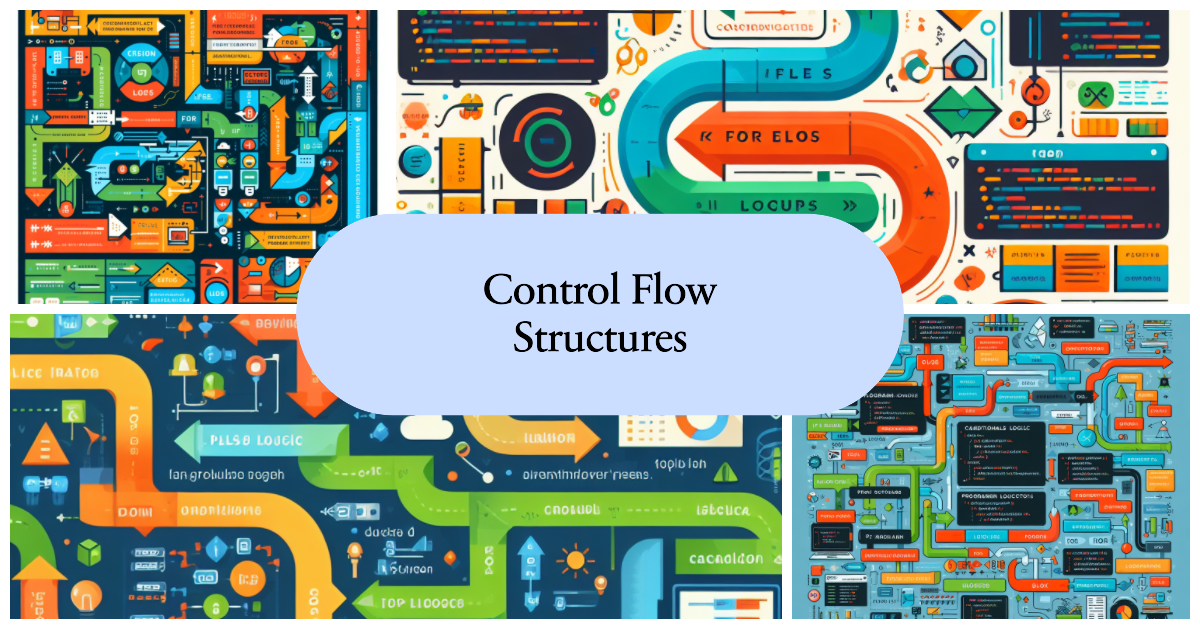
When we embark on the exciting journey of learning to program, we soon discover that programming is not just about writing code, but also about controlling the flow of that code. We can compare it to the flow of decisions we make in our daily lives. For example, if it’s cold outside, we put on a coat before going out. If we have no pending tasks, we go to the movies. Our actions depend on these evaluations and decisions. Control flow is, essentially, the way we decide which part of the code runs, when it runs, and how many times it does. To do this, we have a variety of structures that allow us to make decisions, repeat actions, and split our code into logical blocks.
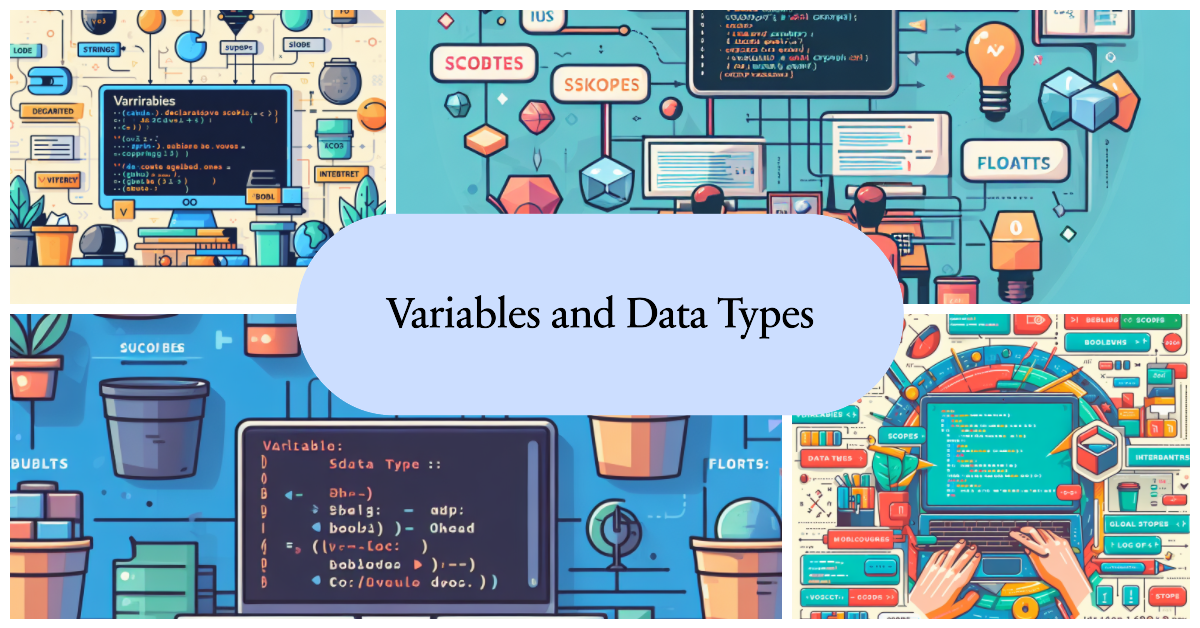
Understanding how variables and data types work is essential to master any programming language. In this article we will review the basic concepts of variables, operators, data types and type conversions using the Python language. We will cover both theory and practical examples so you can apply these concepts in your own programs.

Every day, we're surrounded by numbers. From the alarm clock's digits waking us up in the morning to the price of our favorite morning coffee. But, have you ever stopped to ponder the essence of these numbers? In this article, we will dive deep into the captivating world of numbering systems, unraveling how one number can have myriad representations depending on the context.

In today's digital age, where electronic gadgets seamlessly integrate into our daily lives, understanding the bedrock upon which these marvels stand becomes not just an academic interest but a societal necessity. As we embark on this enlightening voyage into the heart of computers, we aim to demystify the intricate dance between the physical and the abstract, between the tangible hardware and the intangible software.
Learn-Software.com
Requirements engineering is the process of defining, documenting and maintaining requirements for a software system. It is the first and foundational stage in the software development lifecycle. Requirements express the needs and constraints that the software must satisfy in order to solve problems and provide value to users and the business. Let's get started understanding the basics of requirements in software projects.
Learn-Software.com
The deployment stage involves releasing the software into production and making it available for end users.
Learn-Software.com
Once a software application is deployed and begins its life in the hands of users, its journey is far from over. The maintenance stage, often overlooked by novices, plays a pivotal role in the Software Development Life Cycle (SDLC).
Learn-Software.com
In the rapidly-evolving domain of software development, delivering a product isn't the endpoint, it's a milestone. However, before that milestone can be reached, a rigorous evaluation must ensure the software is robust, user-friendly, and aligns with specified requirements. The torchbearer of this assessment? The testing stage of the Software Development Life Cycle (SDLC). Dive with me into this crucial phase and fathom its depth and expanse.
Learn-Software.com
The Software Development Life Cycle (SDLC) guides software engineers through the steps of creating quality software. In the implementation stage, abstract designs materialize into tangible lines of code, giving birth to the software's functional attributes.
Learn-Software.com
System design is an essential part of the Software Development Life Cycle (SDLC). In many ways, this phase sets the stage for the eventual construction of the software system.
Learn-Software.com
Stepping into the vast world of software development, one quickly realizes that building successful software isn't just about writing code. It requires foresight, strategy, and, above all, meticulous planning. The planning phase of the SDLC serves as the foundation upon which all subsequent stages are built. Here, we'll unpack this critical phase, understanding its nuances and appreciating its central role in software engineering.
Learn-Software.com
In the realm of software and technology, a predictable and structured approach to software development is pivotal. The Software Development Life Cycle (SDLC) offers just that. As we delve into the SDLC, you'll understand its integral role in the world of software engineering and how it manifests in various development methodologies.
Learn-Software.com
In today's digital age, it's impossible to imagine a world without software. From the apps we use daily to sophisticated systems that run entire cities, software is an intricate part of our lives. If you're at the beginning of your journey into the world of software, this article will provide a foundational understanding of what software is, what software engineering entails, and the paramount significance of both in today's world.
Learn-Software.com
How to discard changes in Git before pushing them.
Learn-Software.com
Have you ever pushed a change in Git and it was wrong? Here you'll learn how to revert the change, even if the problem was with a merge commit.


